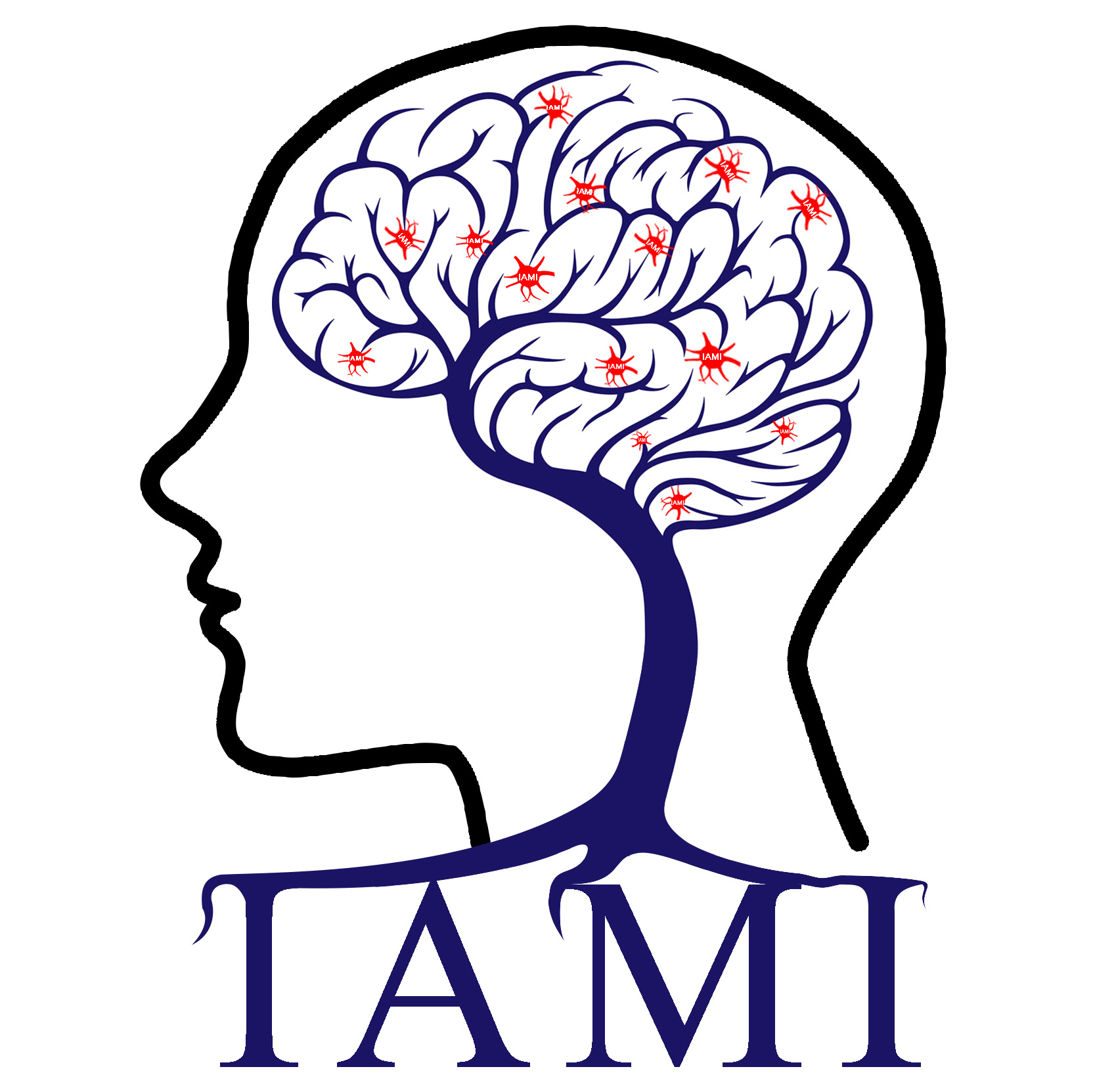
杜宇慧个人网页---智能医学图像分析
地址:中国, 太原
Mustafa S Salman, Yuhui Du*, Dongdong Lin, Zening Fu, Alex Fedorova, Eswar Damaraju, Jing Sui, Jiayu Chen, Andrew Mayer, Stefan Posse, Daniel Mathalon, Judith M. Ford, Theodorus Van Erp, Vince D. Calhoun.. Group ICA for Identifying biomarkers in schizophrenia: ‘adaptive’ networks via spatially constrained ICA show more sensitivity to group differences than spatio-temporal regression. NeuroImage: Clinical, 2019, 22, 101747. (Top期刊,中科院SCI分区:二区,影响因子:4.881)
时间:2019-06-13 17:14:42 来源: 点击:[1310]
Abstract
Brain functional networks identified from fMRI data can provide potential biomarkers for brain disorders. Group independent component analysis (GICA) is popular for extracting brain functional networks from multiple subjects. In GICA, different strategies exist for reconstructing subject-specific networks from the group-level networks. However, it is unknown whether these strategies have different sensitivities to group differences and abilities in distinguishing patients. Among GICA, spatio-temporal regression (STR) and spatially constrained ICA approaches such as group information guided ICA (GIG-ICA) can be used to propagate components (indicating networks) to a new subject that is not included in the original subjects. In this study, based on the same a priori network maps, we reconstructed subject-specific networks using these two methods separately from resting-state fMRI data of 151 schizophrenia patients (SZs) and 163 healthy controls (HCs). We investigated group differences in the estimated functional networks and the functional network connectivity (FNC) obtained by each method. The networks were also used as features in a cross-validated support vector machine (SVM) for classifying SZs and HCs. We selected features using different strategies to provide a comprehensive comparison between the two methods. GIG-ICA generally showed greater sensitivity in statistical analysis and better classification performance (accuracy 76.45 ± 8.9%, sensitivity 0.74 ± 0.11, specificity 0.79 ± 0.11) than STR (accuracy 67.45 ± 8.13%, sensitivity 0.65 ± 0.11, specificity 0.71 ± 0.11). Importantly, results were also consistent when applied to an independent dataset including 82 HCs and 82 SZs. Our work suggests that the functional networks estimated by GIG-ICA are more sensitive to group differences, and GIG-ICA is promising for identifying image-derived biomarkers of brain disease.

 您当前的位置:
您当前的位置: